How Much Interest To Charge On Overdue Invoices
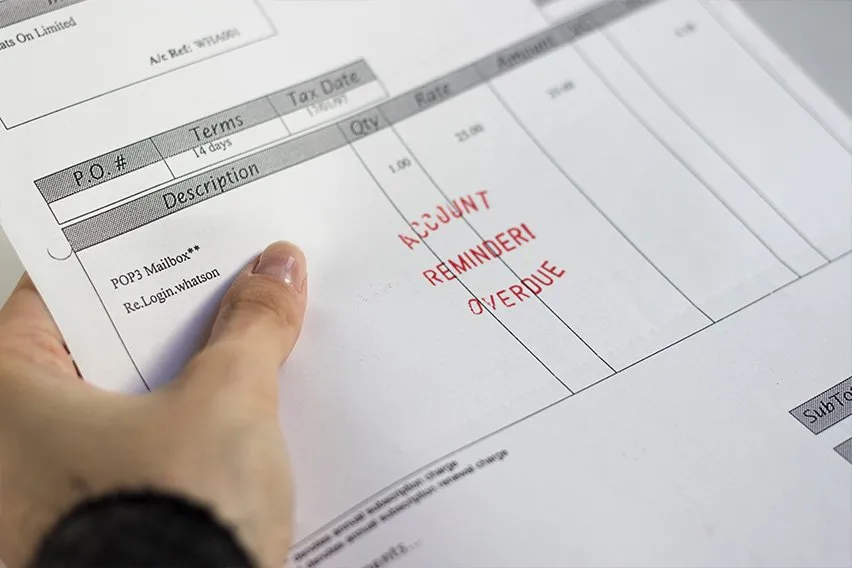
For freelancers, contractors, and small businesses, invoices are vital. They’re a way to communicate with customers, ensure they’re on the same page, and provide the information they need to pay you in a timely manner.
But sometimes, the ‘timely manner’ part of this process doesn’t happen. Perhaps your client forgot all about the invoice, or maybe they’re not too keen on paying for now and want to hold off until it suits them.
It’s standard to charge late fees on unpaid invoices. What’s not standard, however, is the amount. So how much should you charge as a late payment fee on an unpaid invoice? Here’s our complete rundown.
Here’s What We’ll Cover:
What is Late Invoice Payment Interest?
How to Calculate a Late Payment Interest Rate
How to Create A Late Payment Policy
How to Deal With Late Payments and Unpaid Invoices
What is Late Invoice Payment Interest?
Late payment fees are a charge a vendor adds to an outstanding invoice. This is done when the payment terms on the unpaid invoice haven’t been met.
Payment terms refer to the length of time a vendor has given the client to pay an invoice. The most common terms are “payable upon receipt,” net (after) 30 days” (the most common), “net 60 days,” and “net 90 days.”
How Much Should You Charge as Interest on Overdue Invoices?
Because these charges aren’t regulated, it’s entirely up to you to choose the amount and structure for your unpaid invoice policy.
Some business owners will opt for a one-time, flat fee when they charge a late fee upon payment of the invoice amount. But it’s more common to charge late fees implemented as a monthly percentage of the amount of the past due invoice.
The monthly rate you choose to charge on overdue payments is entirely up to you, but a common starting point of a monthly finance charge is between 1% and 2%.
Is It Legal to Charge Late Invoice Payment Fees?
In short, yes! As a vendor, it’s entirely legal for you to charge interest on unpaid invoices. However, the real question is whether your clients are legally obligated to pay it.
A vendor should include these details in a contract or statement of work agreement before any work begins. This way, the management of both the vendor and client companies know the expectations, and there are no surprises later.
Take this example of a (fictional) bakery: Pat’s Pastries. When Ian first contacted Pat, she had him fill out an order form. The order form required Ian’s signature and specified that “payment terms are net 30 days, subject to a 2% monthly interest rate.”
When Ian signed and emailed this form back to Pat, he agreed and committed to these conditions. In other words, Pat has a strong case if Ian doesn’t pay and forces her to take him to court.
Ian knows he can fight the late fee and that Pat would probably drop it just to keep the business, but he chooses not to. He knows he’s paying late and that fighting it with a vendor who has consistently delivered an excellent and timely product may not be the best idea. Ian isn’t only obliged to pay from a legal standpoint but from a client relationship standpoint as well.

How to Calculate a Late Payment Interest Rate
The standard monthly interest rate for late payments is between 1% and 2%. This can equal a lot of money on large orders, but it might not seem like enough for small business owners or independent freelancers. So how do you calculate a fair rate for late fees on your unpaid invoices?
The first thing to do is to settle on whether you’ll charge a flat-rate late fee—either one-time or monthly—or a monthly percentage as interest. Here’s an example:
Last month, Pat received massive orders from Ian. She sent out an invoice for $8000, which hasn’t been paid yet. If she charges a flat fee of $500, she’ll receive $8500 when Ian finally pays.
If she charges a 2% monthly interest rate, on the other hand, then the new balance after the first month will be $8160. If Ian fails to pay for a second month, Pat will once again charge a late fee, increasing the invoice amount to $8320, and so on.
Depending on how long it takes for Pat to get paid, a percentage will mean more money in late payments. However, there’s more bookkeeping needed for this approach, making it a less attractive option for a busy person like Pat.
If you’re short on time when it comes to managing unpaid invoices, FreshBooks can help! We set up one-time and percentage-based late fees for your clients if they take too long to pay an invoice, and it’s as easy as ticking a box when you get started with our invoicing.
How to Create A Late Payment Policy
Your client isn’t necessarily obligated to pay your past-due invoice fees unless they’ve already agreed to your terms and policies. Here are the top three tips for creating a delinquent payment policy.
- Mention Your Policy In Your Onboarding Contract
If your client signs a contract, order form, or statement of work that includes your policy on unpaid invoices, they’ve legally agreed. This means that should you have to take the matter of nonpayment to court, you’ll have a very good case.
- Add Your Late Payment Policy To Your Invoices
In addition to including an overdue balance policy on your original contract, it’s a good idea to add it to your invoices. This ensures they’re reminded of the fees upon receiving the invoice, making them more likely to pay quickly.
- Send Out Late Payment Reminders
Finally, provide upcoming and late payment reminders to your clients to prompt payment and as a courtesy. You could send one a week before payment is due and then another one to two per month that invoice payment is late.
Don’t have the time to send so many emails? FreshBooks can help you follow up with your clients about outstanding invoice balances with automated reminder emails at an interval of your choice.
How to Deal With Late Payments and Unpaid Invoices
For vendors and contractors, balancing missing revenue with the value of a working relationship when it comes to your late payment fee for unpaid invoices is trying. Here are our tips for dealing with late invoice payments.
- Track Your Invoices
First and foremost, proper organization and tracking of your invoices are essential. Organization lets you know which invoices are yet to be paid and track how long each one has been outstanding.
- Charge Interest on Late Payment
For small businesses and independents who depend on prompt invoice payment, a monthly interest fee is a good incentive for clients to pay quickly. Because flat fees are charged as soon as an invoice is paid, there’s no additional motivation to pay quickly once the payment is already late.
- Offer A Payment Plan
If you want to ensure you get some money rather than nothing and provide a courtesy to a professional contact, you could consider arranging a payment plan. This is an agreement for your client to pay the invoice balance one piece at a time through partial payment. If you are wondering how to make a partial payment invoice, check our article on Partial Payment Invoice Example, where we have explained the steps along with some free samples.
- Provide First-Time Late Payment Extensions
Finally, in an effort to retain new clients, you may offer extensions for first-time late payment fees on delinquent accounts in addition to your grace period. Forgiving past-due invoices for a week or two will show that you care about the working relationship and it may earn your company some goodwill.
Considering the complexities of dealing with late payments, some businesses explore options like tax settlement to address outstanding balances. Exploring such avenues may provide a strategic approach to resolving financial issues while adhering to legal and regulatory requirements.

Key Takeaways
Invoicing can be tricky, but with proper organization and policies in place, you’ll get paid more quickly and with less hassle, keeping a healthy cash flow.
All business owners need support from time to time, and one of the best supports for invoicing is FreshBooks. We offer various invoicing services for countless industries and project types, for example, our guide on how to invoice as a sole proprietor will help owners to streamline their billing process and ensure timely payments. We also provide built-in tools for dealing with unpaid invoices like
- Automatically calculated monthly interest fees on unpaid invoices
- Automatically calculated flat-rate fees on unpaid invoices
- Payment reminder and late fee reminder emails
FreshBooks is here to support you as a business owner and help you charge late payment interest more efficiently—in other words, we make getting paid simple. Learn more about our invoicing services to take the hard work out of getting paid.
FAQs on How Much Interest To Charge On Overdue Invoices
Still have questions about how to deal with late fees and interest rates for outstanding invoices? We can help.
How Much Should You Charge as Late Payment Interest?
The standard amount for late payment interest on invoices is between 1% and 2%, but you can charge more or less at your discretion. Include this information on your contracts and invoices to ensure clear communication and legal obligation.
How Do You Write A Late Fee On An Invoice?
It’s a good idea to outline your policy on past-due payments on the invoice itself. This will remind clients of the payment due date and the fees incurred if it’s paid late. Include a section on the invoice, such as ‘Overdue Invoice Late Fee Policy,’ where you reiterate the terms of your contract.
How Do You Record Interest On An Overdue Account?
Though you can manually record interest for each overdue account, higher-volume businesses will quickly be overwhelmed with details. A digital invoicing software like FreshBooks is ideal for these situations, helping you keep track of overdue payments and interest with ease.
Can You Refuse to Pay Old Invoices?
The short answer is: probably not. Though some contracts may have loopholes or other clauses that would release you of your obligation to pay, this is usually not the case. If you signed a contract stating you’d pay for goods or services, and there is evidence that they were delivered, you will be legally obligated to pay off your overdue balance.
Reviewed by
Jason Ding is a seasoned accountant with over 15 years of progressive experience in senior finance and accounting across multiple industries. Jason holds a BBA from Simon Fraser University and is a designated CPA. Jason’s firm, Notion CPA, is an accounting firm with a business-first focus. The firm specializes in preparing personal and corporate taxation while providing fractional CFO work and leading the accounting and finance function for several small-to-medium-sized businesses. In his free time, you’ll find Jason on the basketball court, travelling, and spending quality time with family.
RELATED ARTICLES



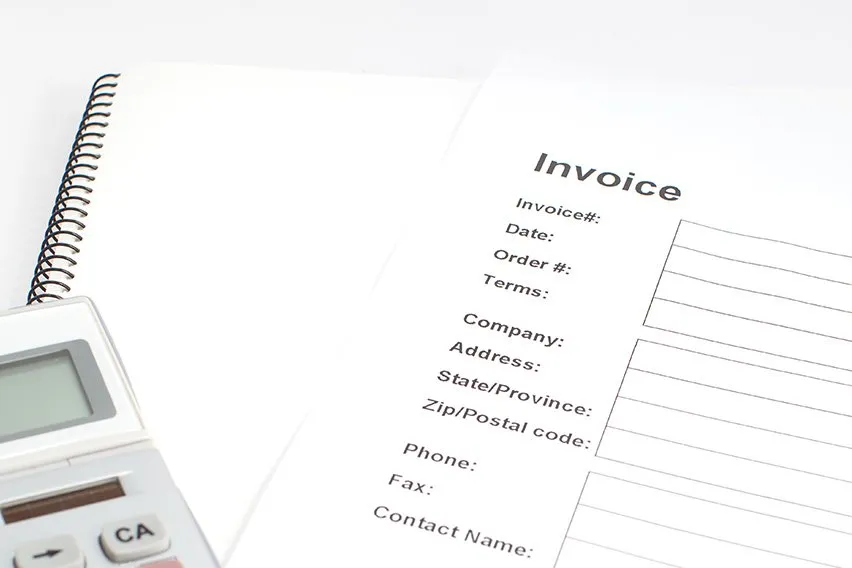 How to Invoice as a Contractor: Free Template and Essential Tips
How to Invoice as a Contractor: Free Template and Essential Tips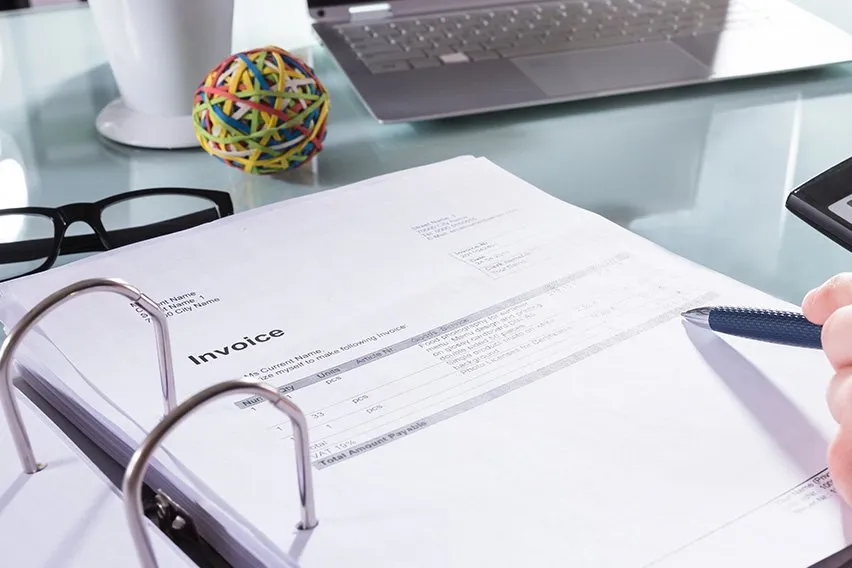 How to Make an Invoice Without a Company
How to Make an Invoice Without a Company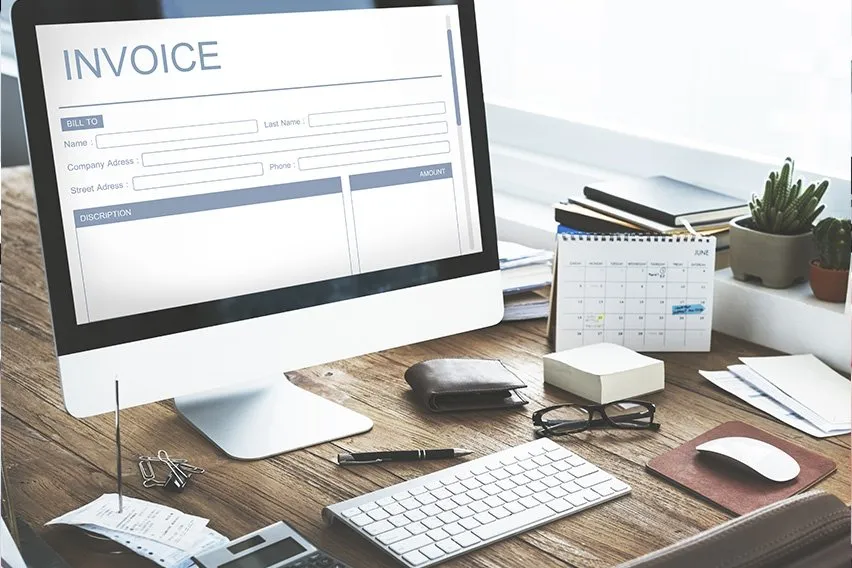 How to Invoice a Company: A Step-By-Step Guide for Businesses
How to Invoice a Company: A Step-By-Step Guide for Businesses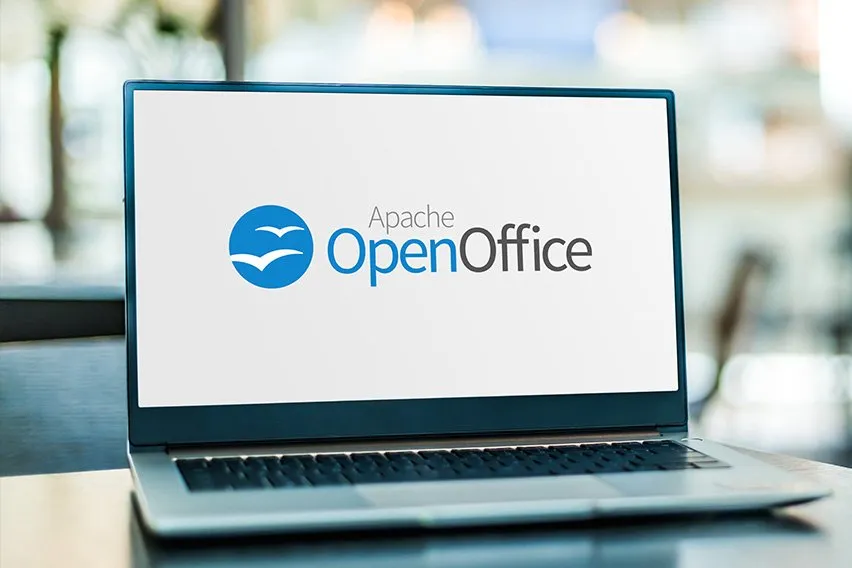 How to Make an Invoice in OpenOffice: A Step-By-Step Guide
How to Make an Invoice in OpenOffice: A Step-By-Step Guide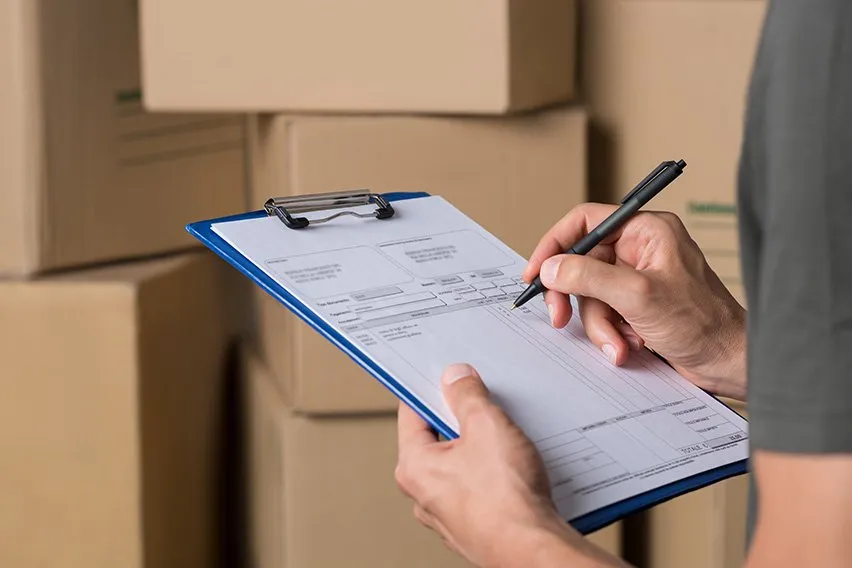 What Is A Shipping Invoice? A Bill Of Lading Guide For Small Businesses
What Is A Shipping Invoice? A Bill Of Lading Guide For Small Businesses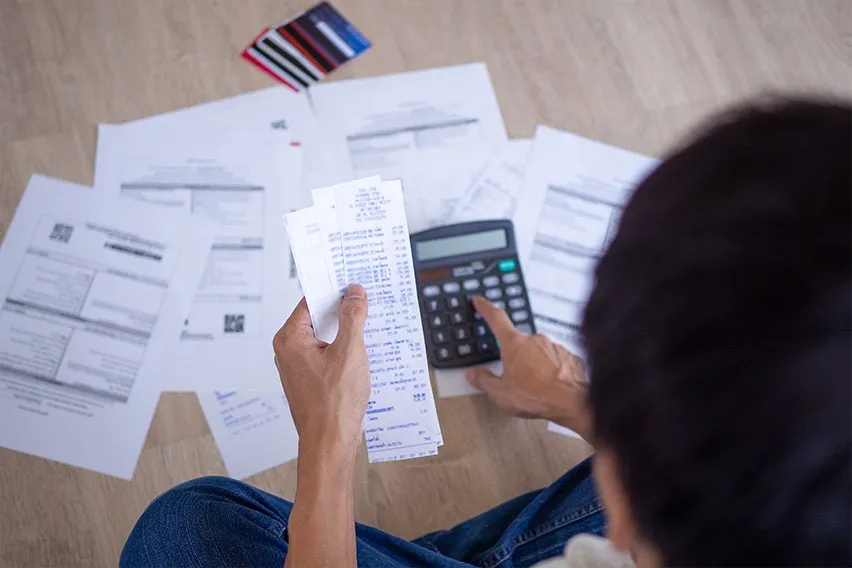 What Is a Sundry Invoice? Definition & Example
What Is a Sundry Invoice? Definition & Example